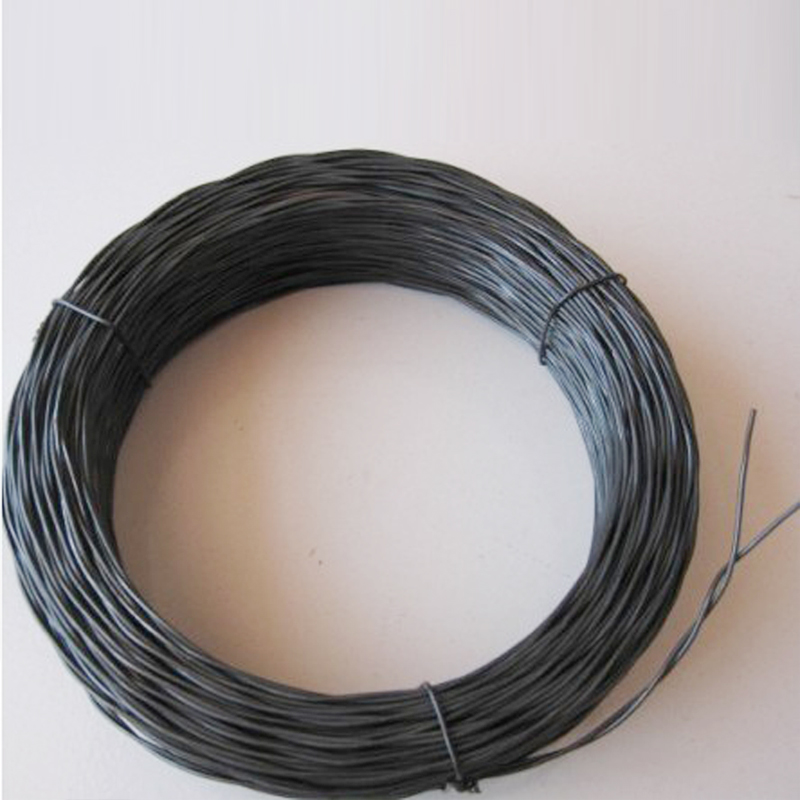The Versatility and Importance of Screen Wire
Screen wire, often overlooked in the realm of building materials, is an essential component that serves a multitude of purposes across various applications. Whether used in residential homes, commercial buildings, or even agricultural settings, screen wire plays a crucial role in enhancing comfort, safety, and efficiency.
At its core, screen wire is typically made from materials like fiberglass, aluminum, or stainless steel, designed to offer durability while allowing airflow and visibility. This unique property makes it a favored choice for window and door screens, preventing unwanted insects from entering homes while maintaining ventilation. In regions where mosquitoes and other pests thrive, screen wire becomes a household staple, contributing to a healthier living environment.
The design of screen wire varies according to its purpose. For instance, in residential settings, wire mesh with finer screening may be used to filter out small insects, while heavier gauges of wire are employed for security purposes, ensuring that homes are protected against intruders. In addition to security and pest control, screen wire is also instrumental in protecting outdoor spaces such as patios and porches from debris, leaves, and larger pests.
In agricultural applications, screen wire is particularly significant
. Farmers often utilize it in various forms, from fencing to establishing barriers for livestock. Screen wire can keep animals contained while allowing air circulation and visibility, which is essential for monitoring their health and behavior. Furthermore, it is often employed in greenhouses where it serves as a barrier against pests while still permitting sunlight to nourish the plants.screen wire

Another noteworthy use of screen wire is in the realm of architecture and design. Designers and builders are increasingly incorporating screen wire in innovative ways, such as partitions and decorative elements that allow for an aesthetic appeal while maintaining functionality. The transparency of screen wire can create a sense of openness in spaces while simultaneously providing privacy and keeping unwanted elements at bay.
Maintenance of screen wire is generally straightforward, contributing to its popularity. A simple cleaning process, usually involving soap and water or a pressure wash for tougher dirt, can restore its appearance and functionality. When damaged, sections of screen wire can easily be replaced without needing to overhaul entire fixtures, making it a cost-effective solution for homeowners and business owners alike.
Sustainability is another aspect that makes screen wire appealing. Many manufacturers are now offering eco-friendly options, such as screens made from recycled materials. This approach not only reduces waste but also appeals to environmentally conscious consumers looking to minimize their ecological footprint.
Finally, the advancements in technology have led to the development of specialized types of screen wire that cater to specific needs. From solar screens that reduce heat gain in buildings to heavy-duty screens designed to withstand harsh weather conditions, there is a wide variety of products available that enhance the functionality and longevity of traditional screen wire.
In conclusion, screen wire is far more than a simple barrier; it is a multifaceted tool that enhances the quality of life in diverse ways. Its applications range from pest control to artful design, and its benefits are vast. As technology progresses, the potential for screen wire continues to expand, reinforcing its value in both domestic and commercial settings. As we appreciate the value of screen wire, it becomes evident that this humble material plays a significant role in creating comfortable, safe, and aesthetically pleasing environments. Whether installed in a home, a shop, or a farm, screen wire remains an unsung hero in the world of construction and design.

















